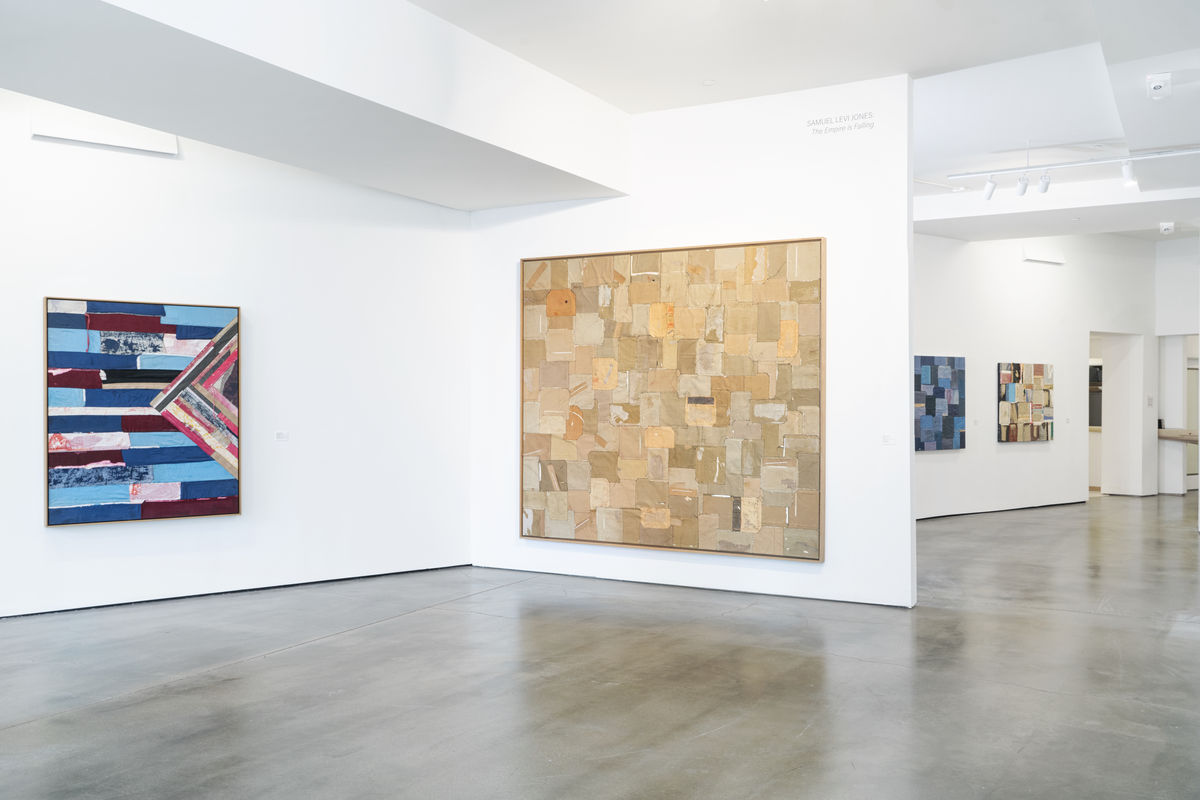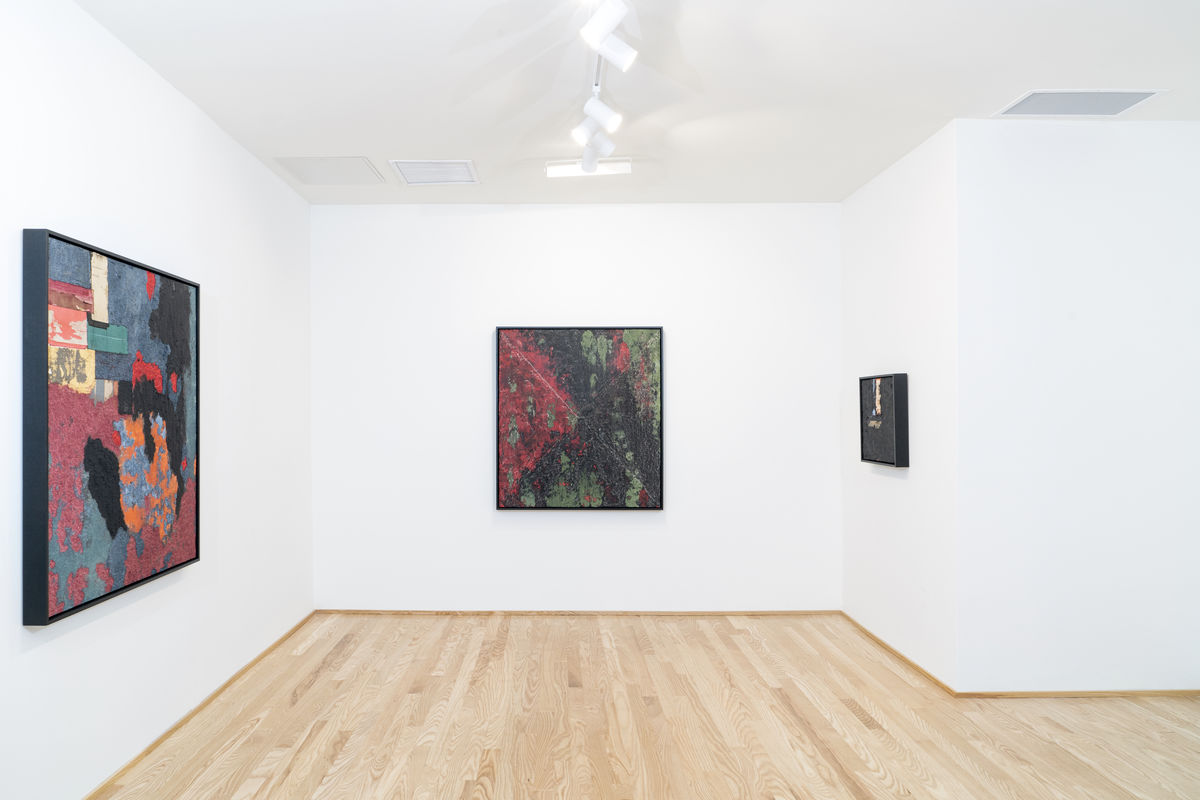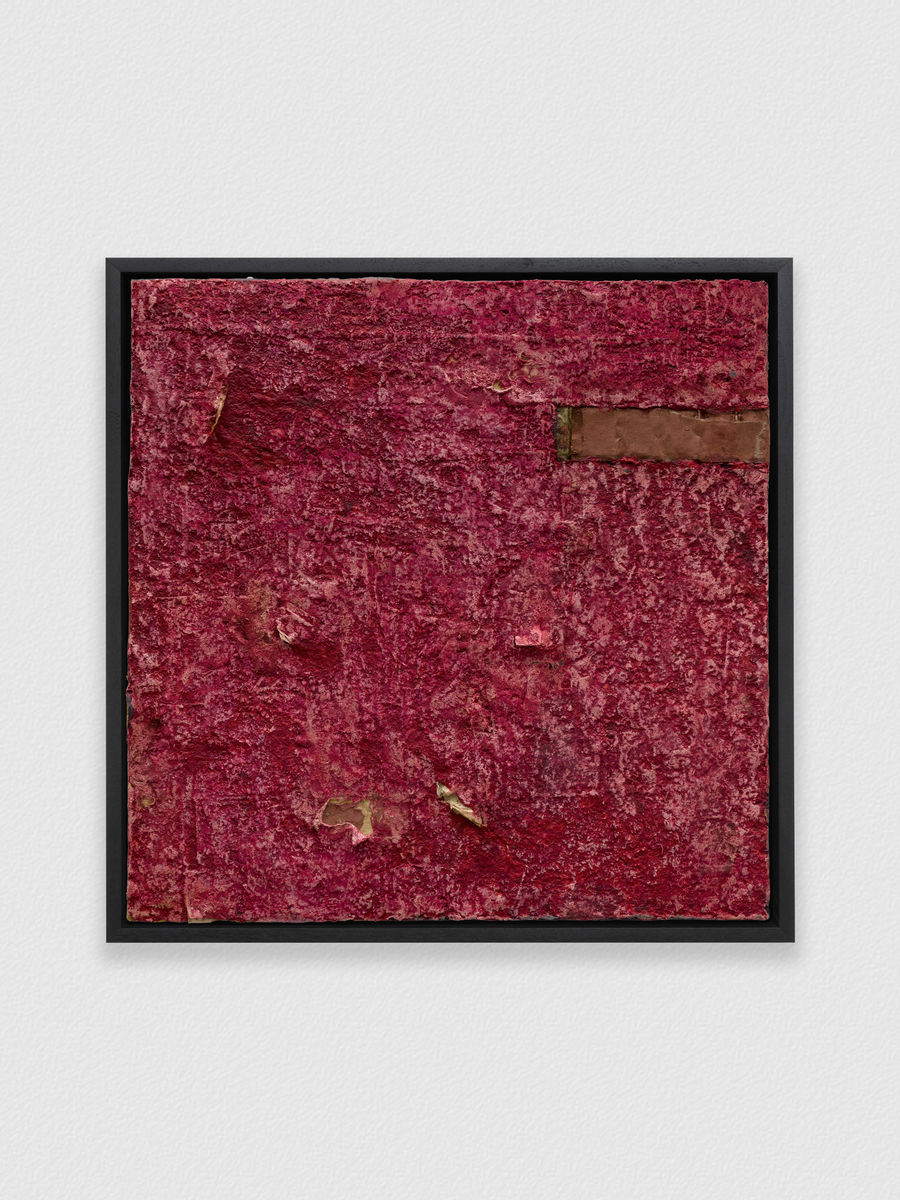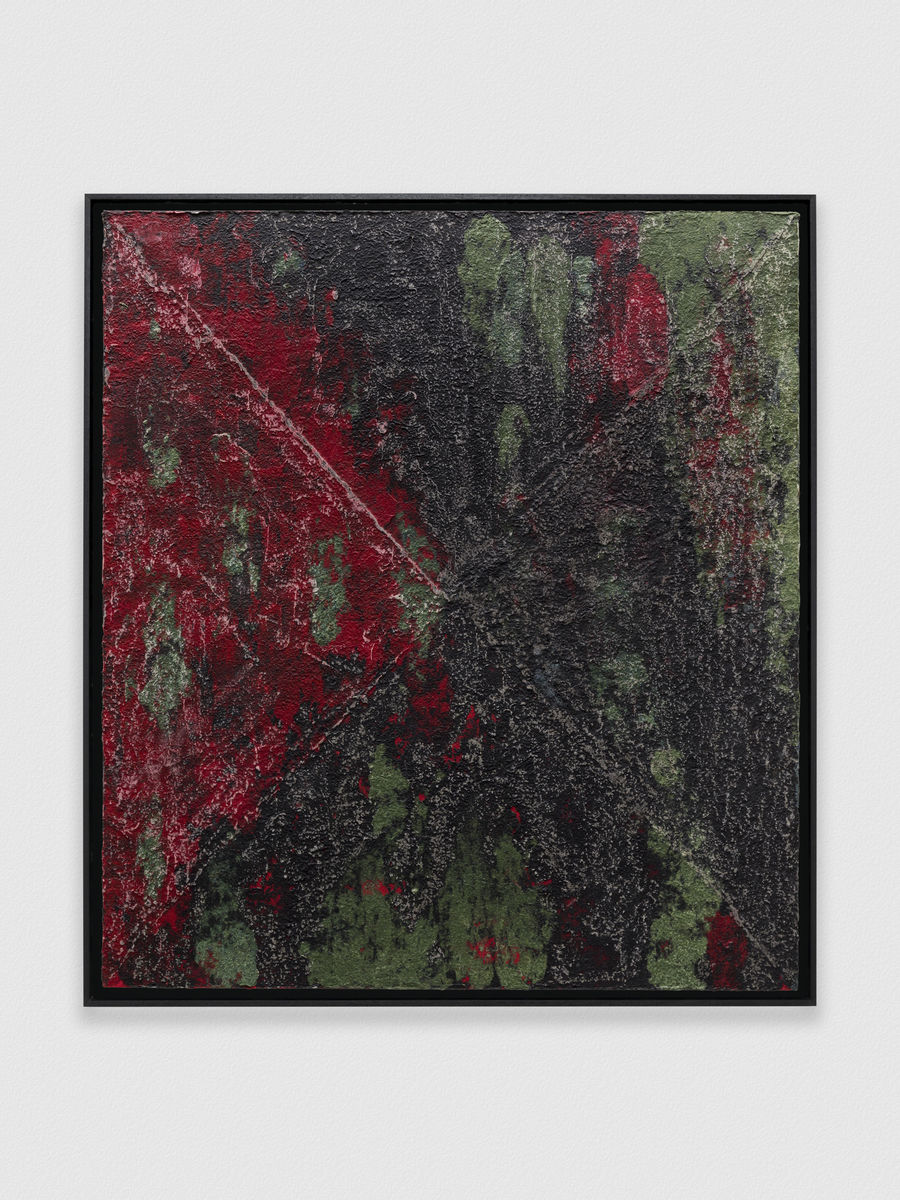
Installation view The Empire is Falling. Courtesy of the artist and The Contemporary Dayton
The great jazz pianist Bill Evans, in the last months of his life, gave an interview which culminated in the zen-like statement: “While I worry about so much, I know that beauty and truth are all that really matter.” There is a significant element of this seemingly modest approach in the work of Samuel Levi Jones, though the work is anything but simple.
Jones is inspired by questions of authority, representation, and recorded history. His ongoing practice centers on physically undoing objects associated with systems of power and control. His works examine urgent questions of how brutality is embedded in institutional systems such as law enforcement, education, and the medical industry. Jones has said: “I am ultimately thinking about information that is selectively left out.”
Also folded into this endeavor is a recognition of other specific histories that remain, in their somber and restrained beauty, closer to the truths that have shaped us than any encyclopedia, law volume, medical text, art book, or portfolio; the primary materials of his paintings. Rended and then reconstructed in a quilt-like form, they conjure a deeper recognition of customs that have sustained people whose empirical experience has been pushed to the periphery, often by our unquestioning devotion of these volumes’ “truth.”
Importantly, all of these paintings bear the marks of destruction—a shard of torn cardboard backing or the blemish of yellowed adhesive. In detail, the surfaces are brutal, abraded, sometimes bent, often bearing the small, internal recollections intrinsic to simple creases and bends. These paintings are physical vessels of memory that are able to evoke things as broad as an indoctrinated history and as comparatively specific as formal nods to great expanded field abstract painters like Al Loving and Jack Whitten.
Jones’ paintings, these sources of jaundiced convention are transformed into planes of color and texture that jostle and overlap, push and wrench, in many cases, forced into place by the trails of dark thread used to reconstruct the book covers. They evoke the traditions and sustained histories of quilts while also suggesting the impediment of stone barriers and brick walls.
In taking the deconstruction of these books a step further in more recent works, Jones’ pulped book paintings literally use the color inherent in the book covers as the sole source of pigment, creating further attachments to the history of painting.
The works in this exhibition have all been intentionally chosen to impart this complex milieu of ideas while also immediately drawing the viewer’s eye and body into their sway. The vista of each painting that one initially encounters evokes beauty while, with a more profound gaze and reckoning, the materials and practice impart truth

Installation view The Empire is Falling. Courtesy of the artist and The Contemporary Dayton




